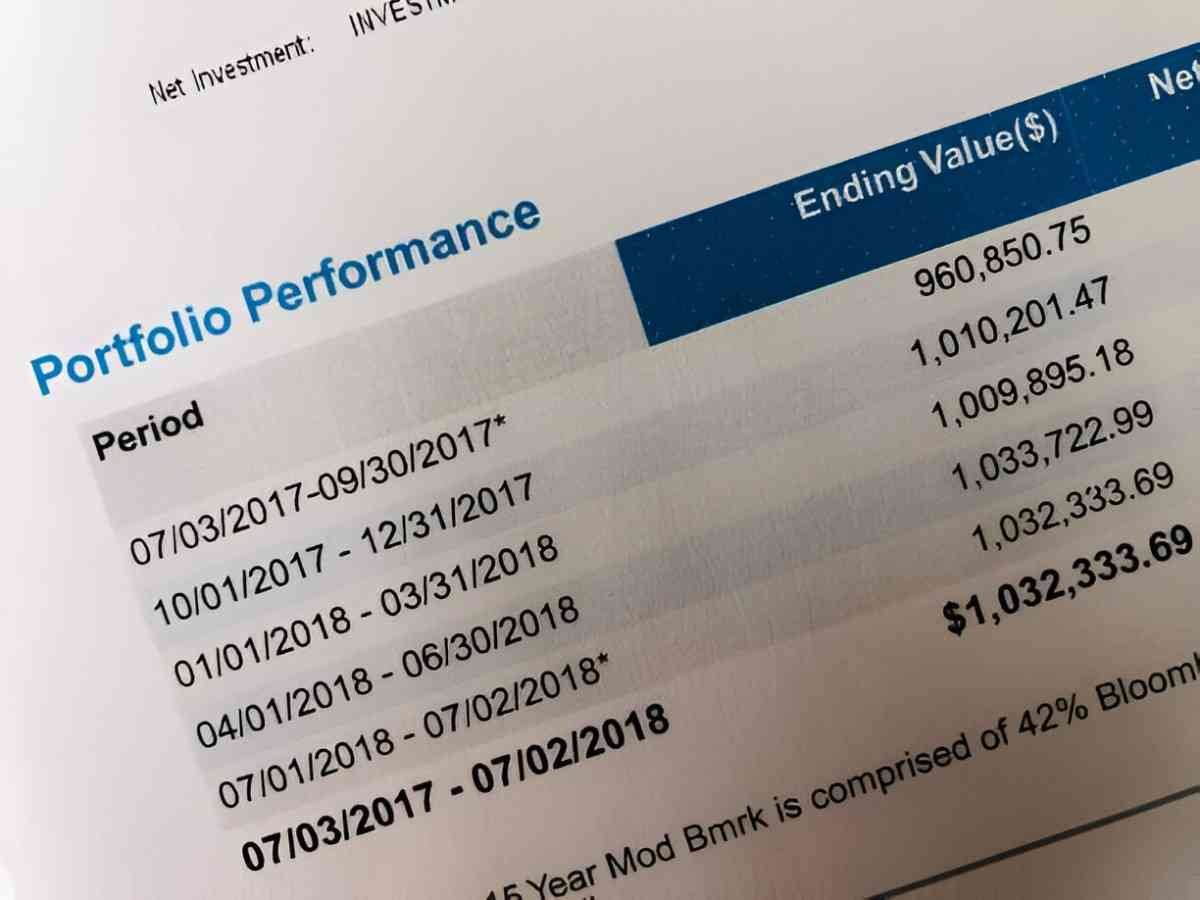When I want to judge a mutual fund, I don’t just look at its performance over the past year or two. I care a lot more about how it’s done over the long haul—especially 15 years. That timeframe covers bull markets, bear markets, interest rate hikes, crashes, recoveries, and everything in between. If a fund can survive and grow through all that, it tells me a lot.
Now, past performance isn’t a guarantee for the future, I know that. But it does give me a picture of consistency. It shows me how a fund handles stress and whether it can deliver solid returns across different economic cycles. So I spent time digging through actual 15-year performance numbers for well-known mutual funds, comparing their returns, fees, and volatility. What I found is this: some funds quietly crushed the market while others barely kept up with inflation.
Table of Contents
Why 15 Years Matters
Fifteen years covers a full investing cycle and then some. Think about everything that’s happened since 2009:
- The Great Recession recovery
- A decade-long bull market
- COVID-19 crash and rebound
- Inflation spikes and Fed tightening
Any fund that survived and grew through all that has real weight behind it. So when I evaluate mutual funds for my own long-term strategy, I start with a 15-year lens.
What’s a Good 15-Year Return?
The S&P 500’s average annual return over the past 15 years (2009 to 2024) has hovered around 10.7% if you reinvest dividends. So any mutual fund beating that is doing well. A fund returning 9–10% is respectable, and anything above 11% is exceptional—especially if it does so with lower volatility.
Let’s look at the math of compounding.
If I had invested $10,000 fifteen years ago and earned an annual return of 10%, here’s how it would grow:
FV = P(1 + r)^n = 10,000(1 + 0.10)^{15} = 10,000(4.177) = 41,770That’s more than quadrupling my investment over 15 years.
15 Mutual Funds with Strong 15-Year Returns
Here’s a list of mutual funds that have stood the test of time. These aren’t all flashy funds—but they get the job done.
| Fund Name | 15-Year Annualized Return | Expense Ratio | Fund Type |
|---|---|---|---|
| Fidelity Contrafund (FCNTX) | 13.1% | 0.86% | Large Cap Growth |
| Vanguard 500 Index Fund (VFIAX) | 10.7% | 0.04% | S&P 500 Index |
| T. Rowe Price Blue Chip Growth (TRBCX) | 13.2% | 0.69% | Growth |
| American Funds Growth Fund of America (AGTHX) | 11.1% | 0.61% | Large Cap Blend |
| Vanguard Total Stock Market Index (VTSAX) | 10.8% | 0.04% | Total Market Index |
| Fidelity Low-Priced Stock Fund (FLPSX) | 10.0% | 0.78% | Mid Cap Value |
| Vanguard Wellington Fund (VWELX) | 8.9% | 0.25% | Balanced |
| T. Rowe Price Capital Appreciation (PRWCX) | 10.9% | 0.70% | Balanced |
| Dodge & Cox Stock Fund (DODGX) | 10.1% | 0.52% | Value |
| Vanguard Dividend Growth Fund (VDIGX) | 10.4% | 0.26% | Dividend Growth |
| Schwab S&P 500 Index Fund (SWPPX) | 10.7% | 0.02% | Index |
| American Funds Washington Mutual (AWSHX) | 10.0% | 0.57% | Dividend Value |
| Vanguard Growth Index Fund (VIGAX) | 12.4% | 0.05% | Large Cap Growth |
| Fidelity Growth Company (FDGRX) | 14.3% | 0.79% | Growth |
| T. Rowe Price Dividend Growth (PRDGX) | 11.2% | 0.63% | Dividend Growth |
All numbers are based on average annual returns through mid-2024, including reinvested dividends.
Example: How Much Would I Have Made?
Let’s say I invested $20,000 in Fidelity Growth Company (FDGRX) 15 years ago. With a 14.3% return, here’s what I would have today:
FV = 20,000(1 + 0.143)^{15} = 20,000(7.168) = 143,360That’s over $120,000 in profit. And that’s without adding anything else over those 15 years.
Now compare that to a fund earning just 6%:
FV = 20,000(1 + 0.06)^{15} = 20,000(2.397) = 47,940Still decent, but that’s a nearly $100,000 difference over time. That’s the power of higher compounding over long periods.
What About Fees?
Fees can kill long-term growth. That’s why I love index funds like VFIAX or VTSAX. With expense ratios around 0.04%, they let my money grow without eating into returns.
Let’s say two funds both earn 10%, but one charges 0.80% and the other charges 0.04%. Over 15 years, here’s what I get from a $50,000 investment:
Higher-cost fund:
FV = 50,000(1 + 0.092)^{15} = 50,000(3.697) = 184,850Lower-cost fund:
FV = 50,000(1 + 0.0996)^{15} = 50,000(4.199) = 209,950That’s a $25,000 difference from fees alone.
What the Volatility Tells Me
Returns are just part of the picture. A fund might earn 12% annually, but if it crashes 40% every few years, it’s hard to stay invested. I also look at downside risk. Funds like PRWCX or VWELX may not earn the highest returns, but they hold up better in down years. That matters to me if I’m nearing retirement or just want peace of mind.
Final Thoughts
Fifteen years is a great measuring stick for mutual funds. It’s long enough to show true performance but not so long that the investing landscape feels irrelevant. I use 15-year history to spot funds that are worth sticking with and weed out the ones that flash hot for a year or two and then fade. Some of the best-performing funds haven’t changed much—they just keep executing.





